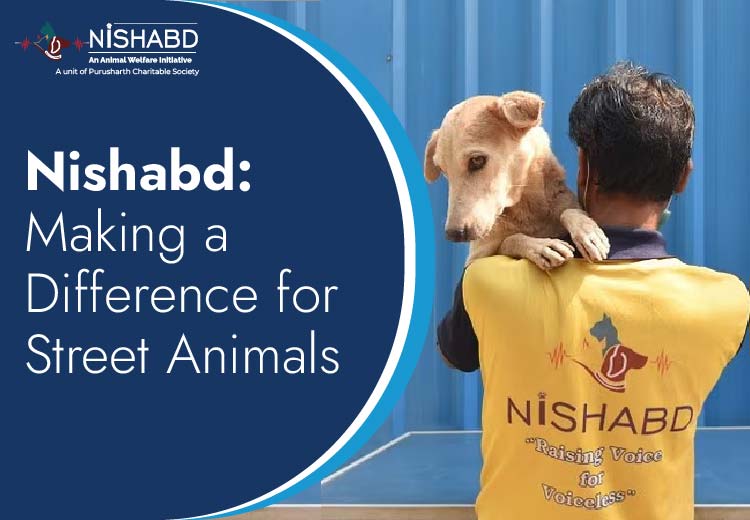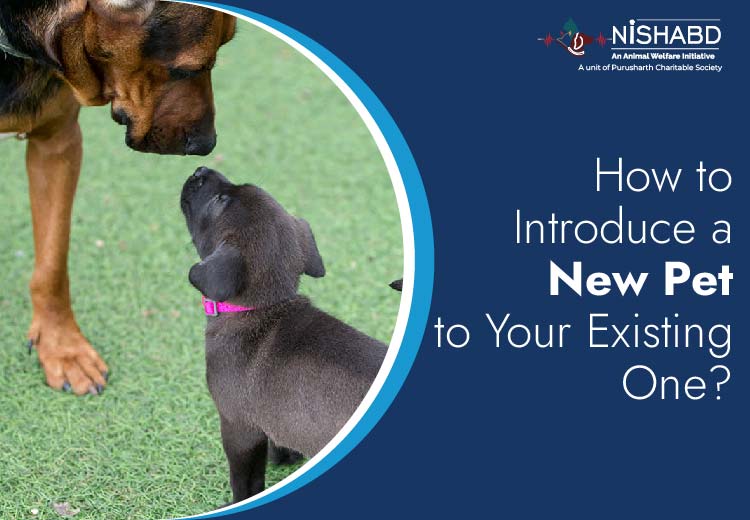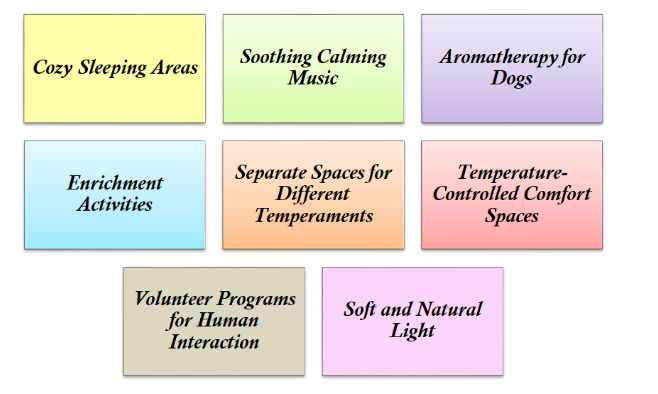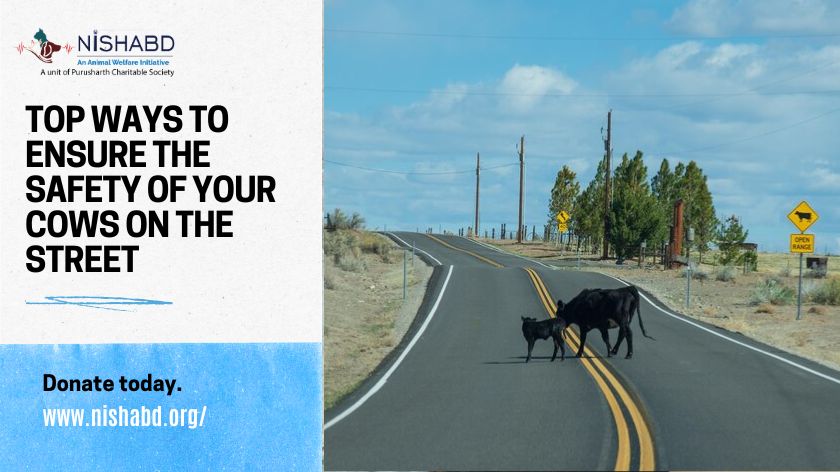The Power of Online Donation
The street animals of India face a lot of issues, including suffering from injuries, hunger, and lack of a proper shelter. They always depend on humans for their survival. When you donate online, you will be able to provide them food, medicine and a safe place to live. It’s an easy way to truly help and make their lives better.
Why Street Animals Need Our Help
Animals on the streets search for food and clean water every day in order to survive. A lot of them are injured, sick or are left alone. They don’t have anyone to help them. Without help, they continue to suffer. Donating is important for this reason. Even a tiny amount will help animals in staying safe and healthy.
How Online Donation Helps
A quick, easy, and effective way to raise money for street animals is through online donations. It can help animal shelters and rescue organizations to quickly access the items they need. For example:
- Food and Water: Your donation will help feed hungry animals and provide clean water to them.
- Medical Care: It covers medicines, treatments and even procedures for injured or sick animals.
- Shelter: It helps more animals stay in safe places, like Nishabd, an animal shelter service in Noida.
- Rescue Work: Your help allows rescue teams to save animals faster.
Donating you is part of the revolution and assists animals in living an improved life.
The Role of Animal Shelter Services in Noida
In India, millions of animals need help, yet most don’t receive the attention they need. Giving them the attention they need is the most important role of an animal shelter service in Noida. Shelters like Nishabd work hard every day to feed, rescue, and care for street animals. But they cannot do this alone. They depend on your support and donations.
Thanks to online donations, it’s now super easy to help from your phone or computer. A small donation can bring a big smile to a street animal’s face.
How You Can Make a Difference
- Choose a Trusted Shelter: Choose a good group like Nishabd, an animal shelter in Noida, which accepts online donations.
- Tell Others: Share your story with family and friends so that they can be encouraged to help too.
- Donate Regularly: Even small monthly contributions can have a great impact.
- Support or Volunteer: Besides making a donation, you can support by doing some volunteer work or help spreading the word.
Benefits of Online Donation
Here’s why online donation is fantastic:
- Quick and Easy: You can donate in just a few minutes.
- Clear use of funds: Most shelters will show you the way your money is used to ensure that they are helping animals.
- Help from Anywhere: Support the animal shelter service in Noida even if you live far away.
- Tax Benefits: In India, many donations are tax-free.
If you make a donation, you are giving more than just money! You are providing hope and affection to animals that they truly deserve.
True Stories of Change
Donations do help save lives! Here are a few happy stories.
- Many injured dogs were rescued, treated for wounds, and are now happy and safe.
- A special chara drive for cows helped feed many hungry cows during hard times.
- Dogs who had no home were given care through shelter and foster care services at Nishabd, an animal shelter service in Noida. Even loving permanent homes were found for a few of them!
These stories show how your kindness can make a difference in lives each and every day.
How to Help Street Animals Today
Helping is easy! Simply follow these steps:
- Visit the official website of Nishabd, an Animal Shelter located in Noida.
- Choose how much to offer.
- Pay online – it’s fast and secure.
You will be happy knowing that you’ve given a pet a chance! Encourage your friends and family to help in the same way. Together, we will create a better place for street animals by providing animal shelters services.
Why Your Help Matters
When you support street animals in India, you are also helping people who work hard to care for them. Your donation gives shelters like Nishabd, an animal shelter in Noida, the strength to keep going and save more lives.
Conclusion
Helping street animals is something everyone can do. Online donations are a simple and fast method to help make a significant impact. It doesn’t matter if it’s food, medicine or shelter – your contribution provides hope and love to animals who have no one else in their lives.
Let’s come together to build a more compassionate and loving world. Every bit of help is helpful. Start today and become the change street animals need!

















